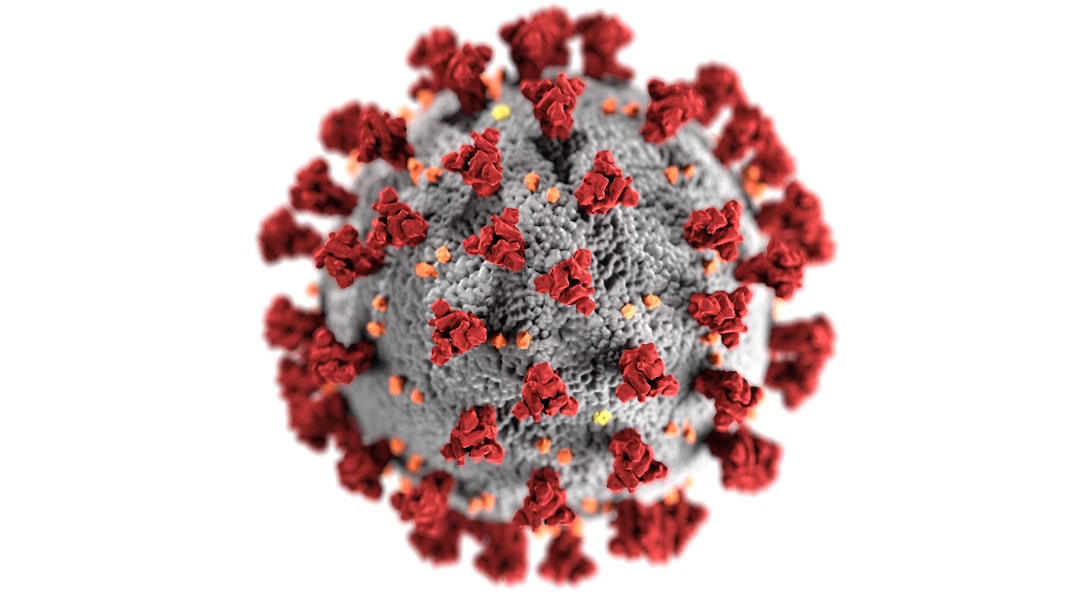What is it about?
Three electrode structures with different spatial arrangements of carbon nanotubes (CNTs) in the mesoporous TiO2 layer were employed in dye-sensitized solar cells to study the effect of surface states at the interface formed by the incorporation of CNTs on photovoltaic performance of the cells.
Featured Image
Why is it important?
It was found that the decay of open circuit voltage (Voc) was significantly minimized by avoiding the direct contact of nanotubes to the conducting substrate by introducing a thin buffer layer of TiO2 while maintaining the superior electron collection efficiency from the incorporation of nanotubes.
Read the Original
This page is a summary of: Spatial arrangement of carbon nanotubes in TiO2 photoelectrodes to enhance the efficiency of dye-sensitized solar cells, Physical Chemistry Chemical Physics, January 2012, Royal Society of Chemistry,
DOI: 10.1039/c2cp00035k.
You can read the full text:
Resources
Carbon Nanotubes for solar cells
Three different spatial arrangements of carbon nanotubes in the photoelectrode were used to investigate the effect of the distribution and density of surface states formed by introduction of nanotubes on the overall photovoltaic characteristics of the DSSCs. It was found that the direct contact of nanotubes with conducting substrate was mostly the source of back electron transfer to electrolytes via both TiO2 nanoparticles and conducting substrates themselves through these surface states.
Single walled carbon nanotubes for solar cells
Electrophoratic deposition of single walled carbon nanotubes for solar cells
Contributors
The following have contributed to this page










